Use of JMAG in Renewable Energy Research
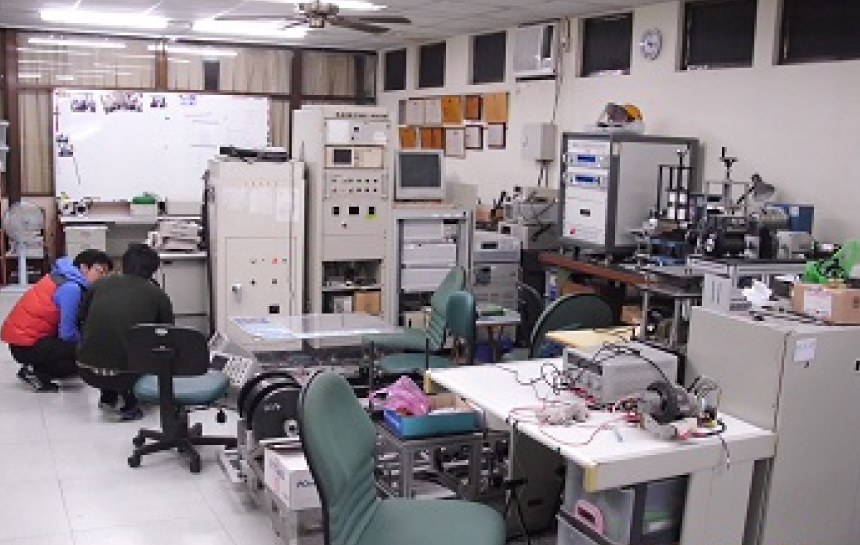
In May, 2012, JMAG’s Taiwan distributor, Flotrend, held a JMAG Users Conference in Taiwan attended by around 60 JMAG users.
The JMAG Users Conference benefitted from the cooperation of Professor Min-Fu Hsieh, the current director of Taiwan National Cheng Kung University’s Electric Motor Technology Research Center (EMTRC), and saw a lively exchange of ideas among engineers. This report gives an overview of Prof. Min-Fu Hsieh’s activities.
Prof. Hsieh:
The EMTRC was initially founded by Prof. Mi-Ching Tsai in 1999 and further funded by China Steel Corporation in 2008. We aim to support motor-related industries in Taiwan.
We take part in a wide range of development and promotion activities, from materials to systems. We have worked with Delta Electronics Inc., SUNON Industry Company, Taiwan HITACHI Corporation, Tatung Technology Inc. and many other companies. Many of them are still our partners.
Prof. Hsieh:
I’m mainly focused on renewable energy (wind, tidal, etc.) and electric vehicles.
I work on rare earth and non-rare earth permanent magnet motors and non-permanent magnet motors (for example, brushless double-fed and reluctance motors), magnetic circuits, and magnetization (especially post-assembly magnetization techniques).
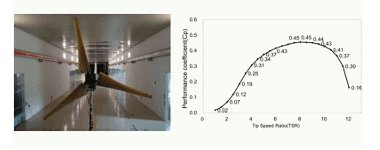 Fig. 1 A small wind turbine and its properties (Collaboration with Prof. Fei-Bin Hsiao, National Cheng Kung University)
Fig. 1 A small wind turbine and its properties (Collaboration with Prof. Fei-Bin Hsiao, National Cheng Kung University)
Prof. Hsieh:
Electromagnetics covers an extremely wide range of research and applications. Things from spintronics and magnetic memory to large-scale wind turbine generators of several megawatts are all closely related to electromagnetics.
A lot of papers are published in the academic societies. Hundreds of papers are presented in INTERMAG (sponsored by IEEE) every year, and COMPUMAG and CEFC also regularly get hundreds of submissions. These are all
magnetics-related conferences.
In recent years, awareness of energy and ecological issues has grown, and among technologies related to renewable energy and energy efficiency, generators and motors have received particular attention. The field of electromagnetics has greatly expanded because of this.
One example I can give you here is a large-scale wind turbine generator that uses high-temperature superconducting materials. The magnetic field generated by superconducting tapes or bulk materials can improve a generator’s torque density, power density, and efficiency. This makes direct drive possible without a step-up gear, which in turn contributes to efficiency. Superconductor technologies are likely to be extremely important for future generators in renewable energy systems.
Prof. Hsieh:
Before, the problem of efficiency was not considered very important in development of motors and generators.
As motors have come to be used in a variety of fields, electronics, materials, and system control technologies have progressed, and high-performance motors can now be developed. Because of this, more and more high-performance motor development is happening in a lot of industries.
For example, the drive of air-conditioning compressors has evolved from fixed-speed drive to variable-frequency drive.
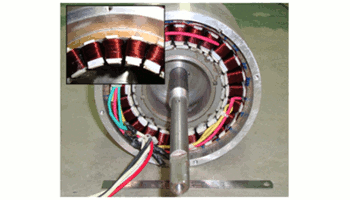 Fig. 2 A permanent-magnet generator (prototype)
Fig. 2 A permanent-magnet generator (prototype)
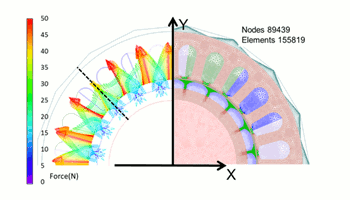 Fig. 3 JMAG analysis results: electromagnetic force (left) and mesh (right)
Fig. 3 JMAG analysis results: electromagnetic force (left) and mesh (right)
Prof. Hsieh:
Each different motor has its strengths and weaknesses. You have to choose the right motor type based on what is most important for your application, the cost, size, efficiency, etc.
For example, permanent-magnet motors, induction motors, and reluctance motors each have their own problems. Still, each of them fulfill certain needs, and they are all being used as motors for electric vehicles.
In particular, induction motors, which had generally been considered a mature technology, are now expected to see higher performance through advances in materials and design. Even the automobile industry, which had ignored induction motors, is now giving attention to high-performance induction motor development.
Further, integration of motors or generators into overall systems must be taken into consideration in order to achieve high performance. System integration will certainly be seen as even more important in the future.
Prof. Hsieh:
Motor design has become a lot more efficient thanks to improvements in computer performance and CAE software development.
Design accuracy is increasing through the use of JMAG. This is why engineers and researchers who can use CAE software play a key role in the industry.
Emphasis on both theory and practice is needed to develop these human resources.
For one thing, if engineers do not have the fundamental theory and knowledge, they will not be able to use CAE software correctly, and will not be able to verify analysis results or derive physical phenomena from those results.
Also, experience with experiments and physical prototypes allows them to take advantage of CAE’s power in verifying design proposals.
There are many excellent electric motor manufacturers in Taiwan, but the research capability is not quite there, and there is a shortage of human resources for CAE. For these reasons, the development of CAE human resources is a serious issue for any further expansion of this industry.
Prof. Hsieh:
I simulate heat dissipation using Acusolve, which is CFD software handled by Flotrend, and JMAG in combination. Flotrend is thoroughly versed in both programs, so setting this up was very quick. I’m sure I will make use of it linked to more and more simulation programs in the future. I hope I can count on your support.
Interviewer: Kevin Chen, Flotrend Corporation
Interviewee
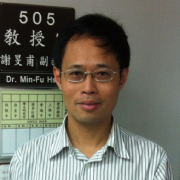
Prof. Min-Fu Hsieh
National Cheng Kung University and The Electric Motor Technology Research Center,
Department of Systems and Naval Mechatronics Engineering
National Cheng Kung University (Tzu-Chiang Campus)
Technology Building No.1, University Road Tainan 701, Taiwan
2F, Science & Technology Building No.1, University Road Tainan 701, Taiwan
[JMAG Newsletter January, 2013]


